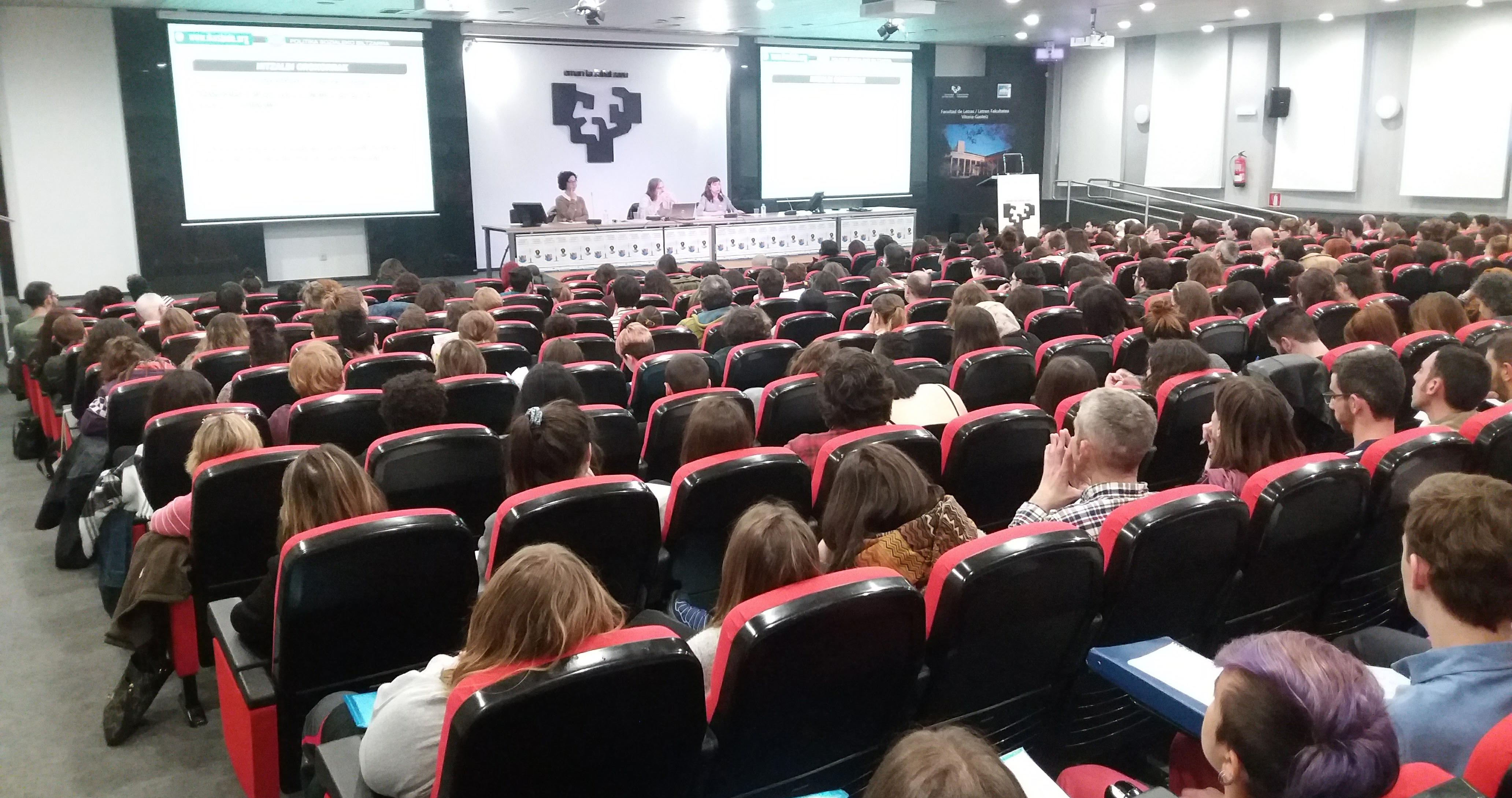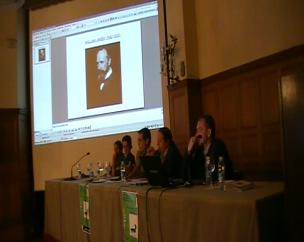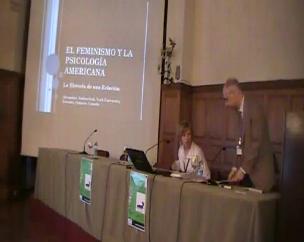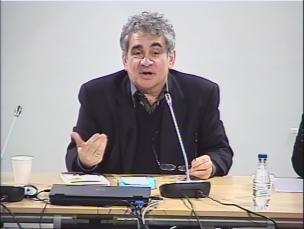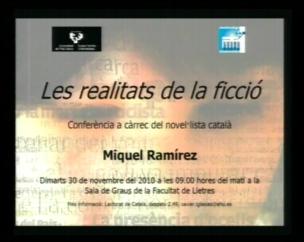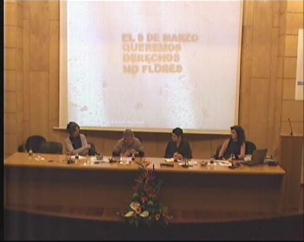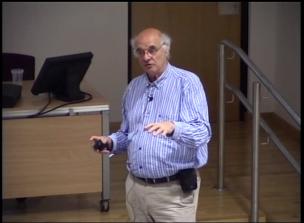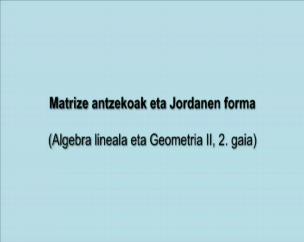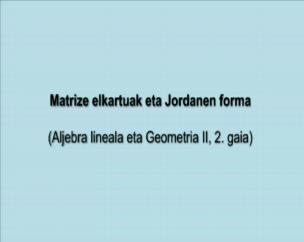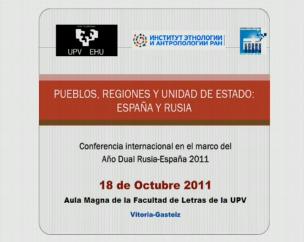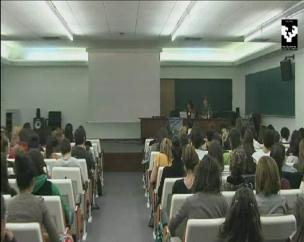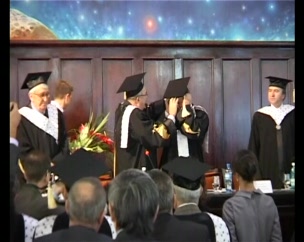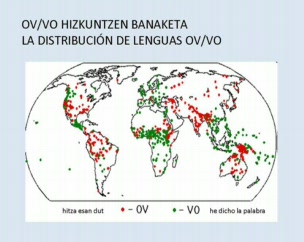PLENARY 2 - DR. HEATHER MARSDEN (University of York)
Grammar-meaning interactions, and how we can exploit them in the language classroom
Language learning curricula often treat “grammar” as a stand-alone element of language, distinct from “meaning” or “context”. However, there are many cases where the intended meaning or context affects which grammatical form should be used. An obvious example—and one that we see in textbooks—is tense: if the speaker intends to express something that happened in the past, then in many languages past tense morphology is used. In this talk, I will highlight some less well known interactions of grammar and meaning, and I will argue that insights about these phenomena from theoretical linguistics can be informative for language teachers and language learners.
The talk focuses on two case studies. The first involves the relationship between semantic negation and the indefinite form any in English. It is well known that any can be used in negated sentences, but teaching materials rarely show that that negation can arise semantically through the use of semantically negative words such as regret, and hardly, in addition to grammatical negation using not. The second case study involves verb-subject word order in Spanish. A determining factor in when to use verb-subject word order is the discourse-level notion of focus. Both case studies thus provide examples of grammar interacting with meaning or context. I report findings from second language acquisition research into both of these phenomena, and, finally, I explore some ways in which insights from such research could be incorporated into language teaching materials.

 EHUtb in
YouTube
EHUtb in
YouTube 







